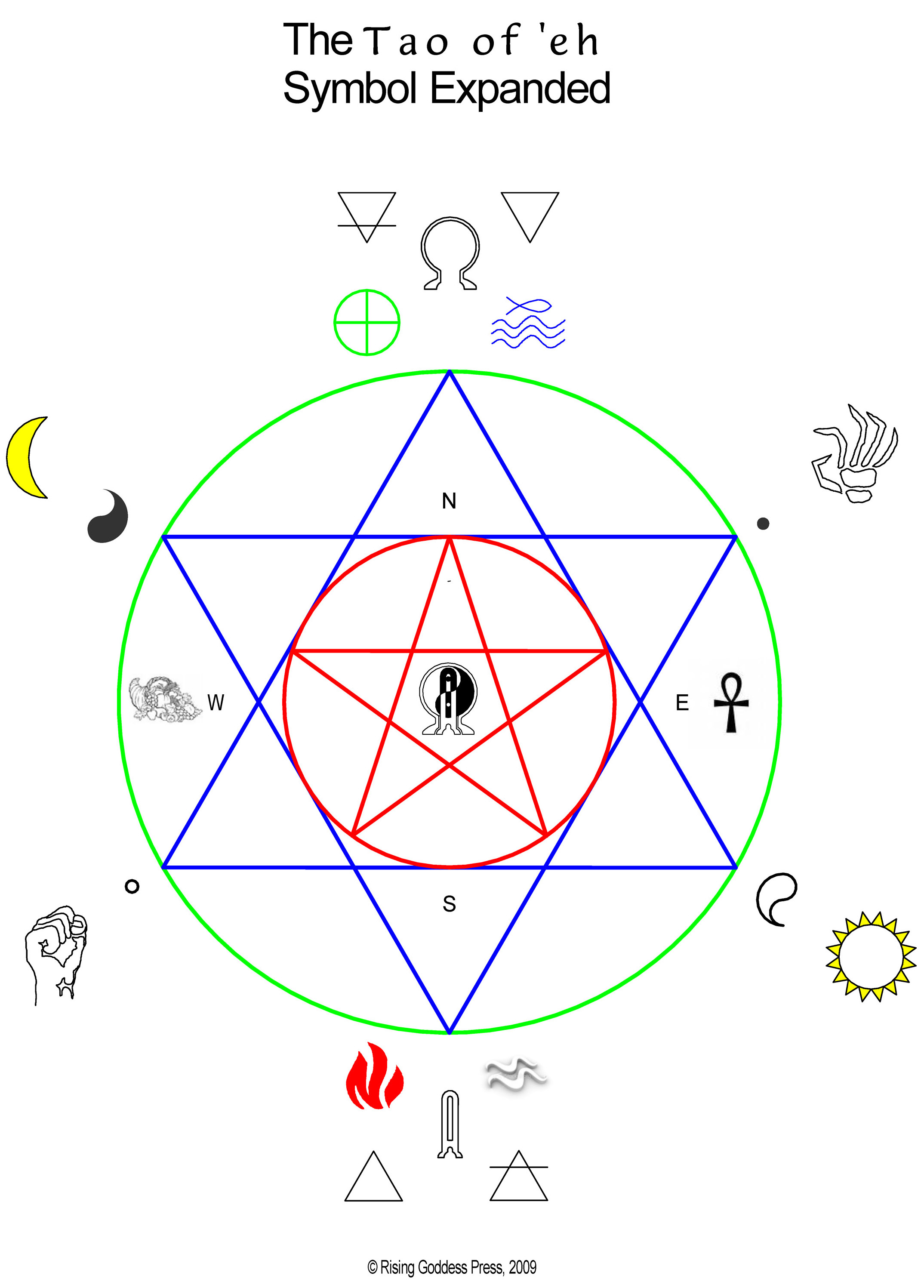


In Box 6, one enters in the precise new information that one has acquired since the prior state.In Box 5, one enters in the ratio between Box 4 and Box 3.If only two hypotheses are being considered, we of course have. In Box 4, one enters in the prior probability (or the best estimate thereof) of the alternative hypothesis.In Box 3, one enters in the prior probability (or the best estimate thereof) of the null hypothesis.(This step is very important! As discussed in the previous post, Bayesian calculations can become extremely inaccurate if the alternative hypothesis is vague.) In Box 2, one enters in the precise statement of the alternative hypothesis.In Box 1, one enters in the precise statement of the null hypothesis.One can fill in this worksheet in the following order:
#Tao definition pdf#
This gives a straightforward way to update one’s prior probabilities, and I thought I would present it in the form of a worksheet for ease of calculation:Ī PDF version of the worksheet and instructions can be found here. If there are no other hypotheses under consideration, then the two posterior probabilities, must add up to one, and so can be recovered from the posterior odds by the formulae Where is the likelihood of this information under the alternative hypothesis, and is the likelihood of this information under the null hypothesis. In that post, we remarked that whenever one receives a new piece of information, the prior odds between an alternative hypothesis and a null hypothesis is updated to a posterior odds, which can be computed via Bayes’ theorem by the formula This is a spinoff from the previous post.


 0 kommentar(er)
0 kommentar(er)
